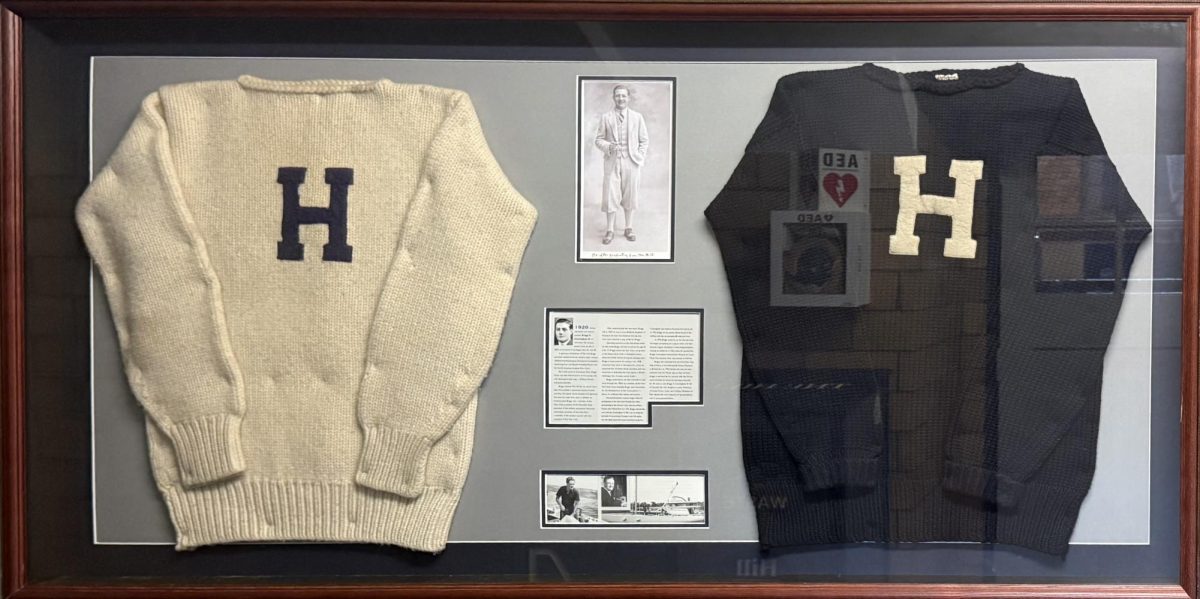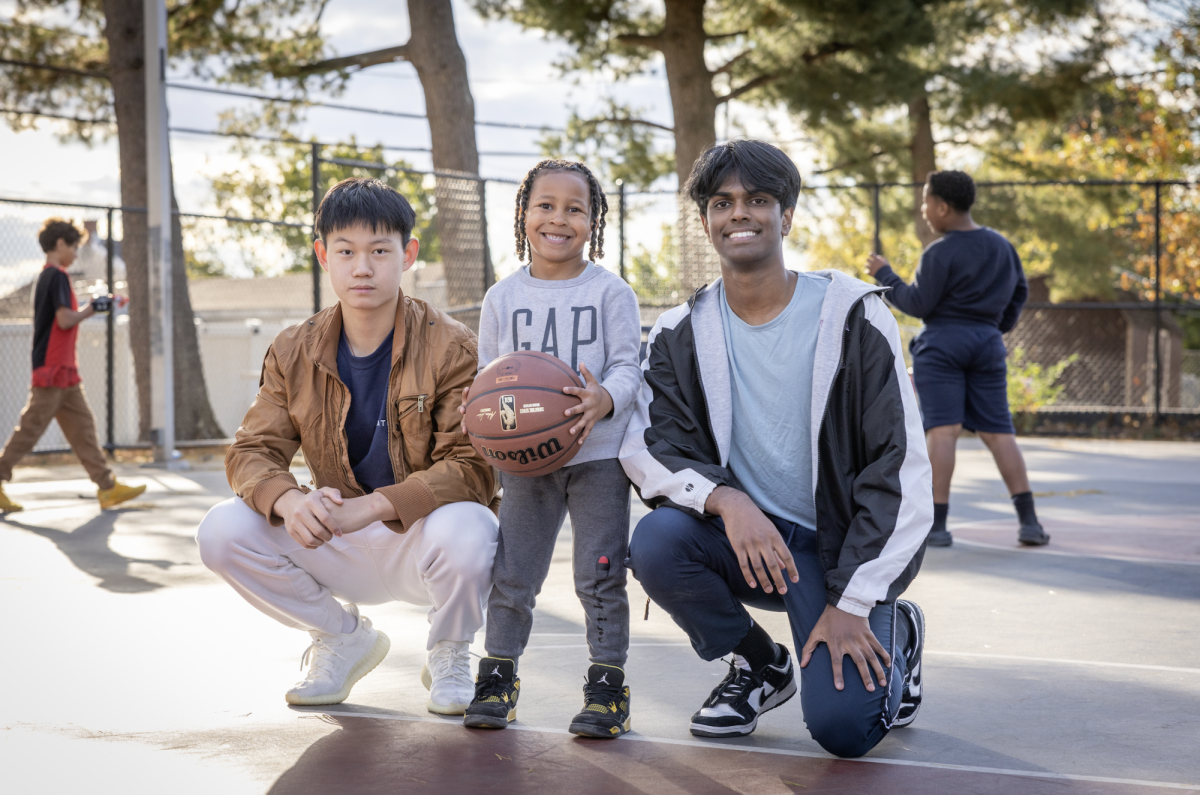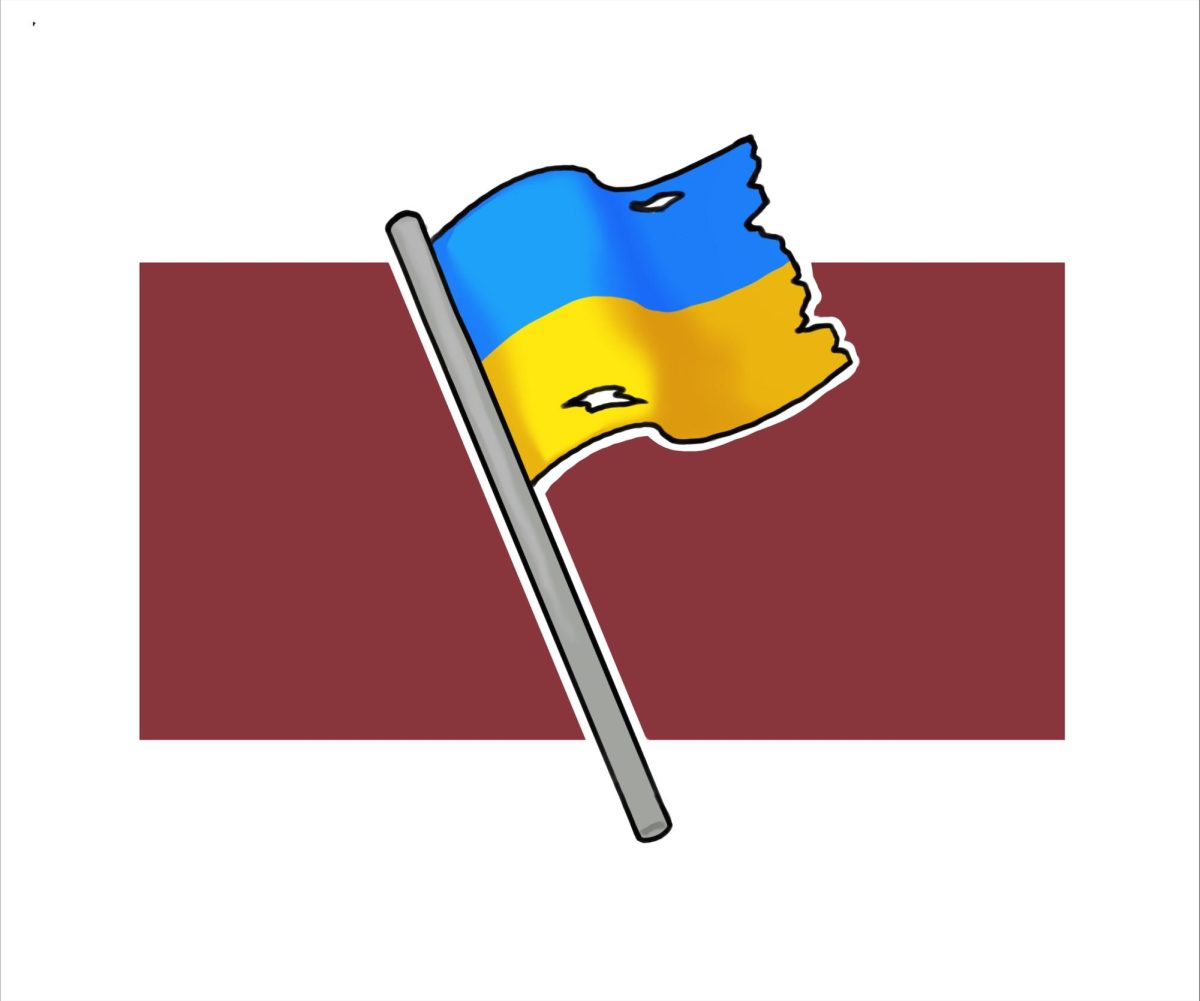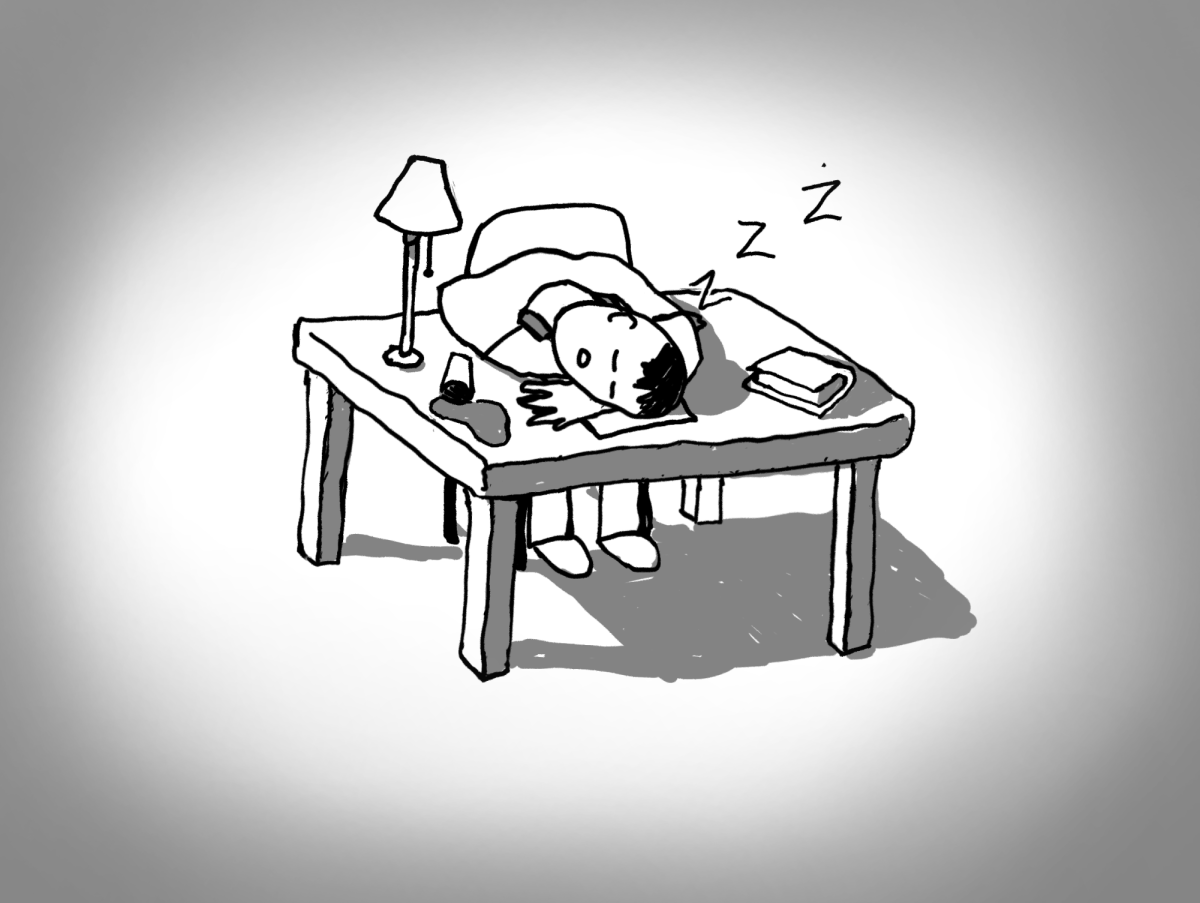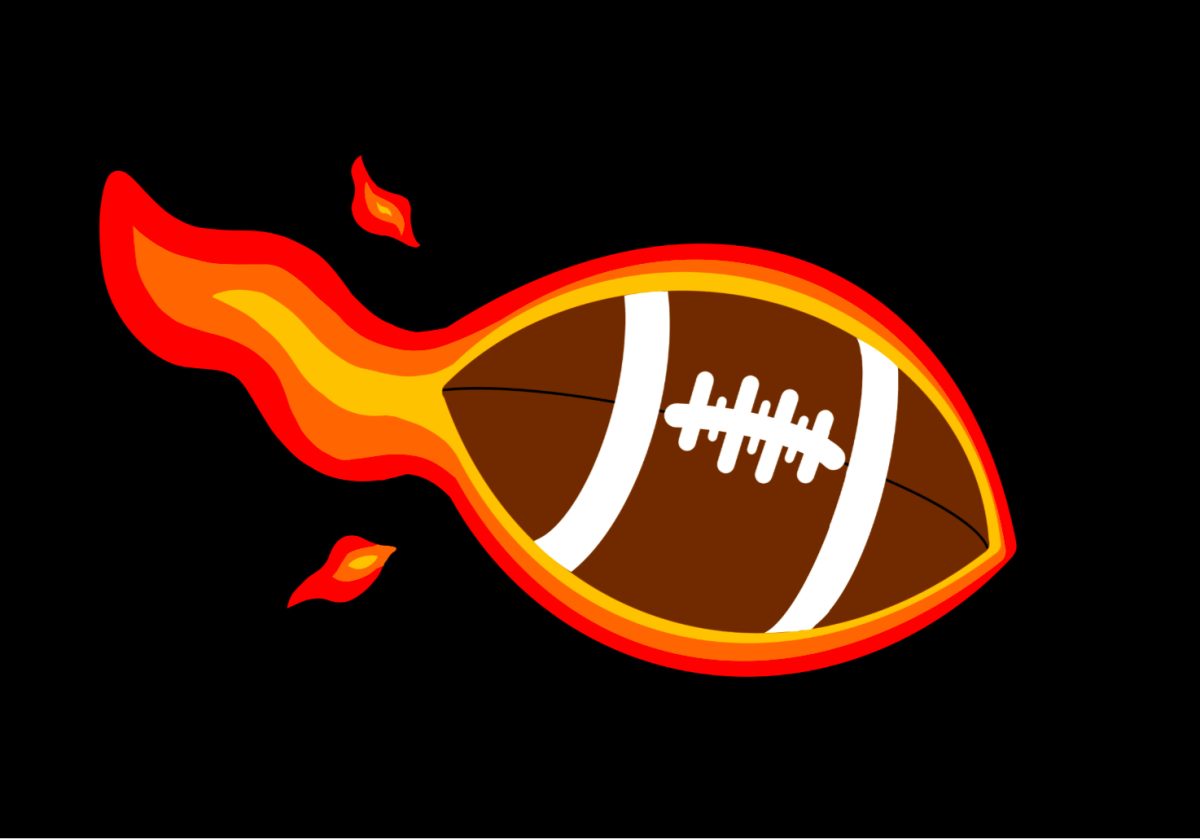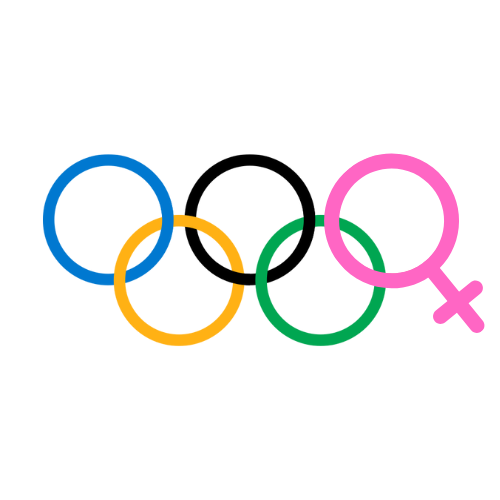The 2024 Olympics and its viewers fell short in so many ways supporting female athletes this year that could have been so empowering because of how much history was made. The feminist wins of this year seem bittersweet.
I will preface with the fact that there were many wins. The 2024 Olympic Games was the first to have an equal number of male and female athletes, and many countries claimed medals in women’s events for the first time ever. The diversity was unparalleled, and the stories of the women who represented their countries in this Olympics inspired millions around the world.
Indian wrestler Vinesh Phogat pushed through to the finals of the Olympics women’s wrestling 50-kilogram weight class, battling at her lowest weight ever and claiming a victory against former Olympic and four-time world champion, Yui Susaki. Phogat is not only accomplished the extraordinary on the mat but has also been a prominent fighter for years for women’s rights in India.
And so, the world was heartbroken when she missed weight before her finals match — by 100 grams. She had already cut her hair, starved, dehydrated, and sweated off weight throughout the night. She was disqualified and did not receive a medal. She would have made history and been the first Indian athlete to pick up a medal in women’s wrestling.
After losing her appeal to the IOC, Phogat posted her resignation from the sport on social media: “I have fought so hard [and] given so much to this sport. I have no more left to give.”
The story is devastating, but not rare. Women cannot cut weight like men: it has been studied and biologically proven that we cannot lose and keep off water weight the same way a male can. Weight cutting by dehydration in wrestling and MMA is already a dangerous and harmful practice for men, and its effects are only compounded for women. So why is there still a two-day weigh in at the Olympic level? With no weight allowance at all?
But women’s wrestling had some history-makers as well, including Amit Elor, the youngest Olympic wrestler (male or female) from the US to ever win Olympic gold. At only twenty, she secured victory in a dominant fashion, ending her finals match by pin in just twenty-four seconds. The USA women brought home 4 medals, two gold, one silver, and one bronze, while the men brought home one silver and two bronze medals. The women’s outstanding performance placed even more attention and support on women’s wrestling in America, which was already the fastest-growing high school sport in the country even before the Olympics.
Additionally, This Olympics had record-breaking coverage, which brought to light many of the harmful societal norms that burden female athletes. “Trans-vestigating” and body-shaming, for example, were tools used online to target female athletes at the Olympics. Imane Khelif, a female boxer who had slightly higher testosterone levels than average (which is quite common among elite female athletes) received hate from the world, and her gender was brought under speculation.
Mrs. O’Brien, Hill’s sports performance director, attended the Olympics with her wife. She commented on Imane Khelif’s situation: “As long as you’re born female and competing in that category, it shouldn’t matter what kind of genetic predispositions that you have that give you an advantage. That’s what sport is, or we would all be out there competing.”
Much of the world who has done even a little bit of research on this woman and the Olympics’ rules is inclined to agree. Since her testosterone levels were in an acceptable range to compete, as Olympic athletes are tested for illegal and advantageous drugs, there is no reason for the shame and backlash Khelif received for existing.
British women’s rugby athlete and feminist advocate Ilona Maher was also “trans-vestigated,” because of her muscular frame and body. She spoke out on her immensely popular Instagram page for the women who have worked and pushed their bodies to their limits to compete at the highest level just to be shamed for not being ‘feminine enough’ to be biological women. “All body types matter. All body types are worthy, from the smallest gymnast to the tallest volleyball player, from a rugby player to a shot-putter to a sprinter. All body types are beautiful, [and] can do amazing things. So truly see yourself in these athletes and know that you can do it, too.”
We have made so much progress, but it begs the question: how much more?

